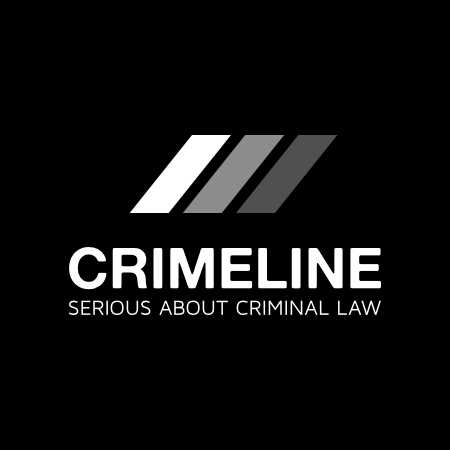Legislation – Finance Act 2022
Changes to legislation:
There are currently no known outstanding effects for the Finance Act 2022, Section 44.![]()
Changes to Legislation
Revised legislation carried on this site may not be fully up to date. At the current time any known changes or effects made by subsequent legislation have been applied to the text of the legislation you are viewing by the editorial team. Please see ‘Frequently Asked Questions’ for details regarding the timescales for which new effects are identified and recorded on this site.
PART 2Residential property developer tax
Allowance
44Allowance: joint venture companies
(1)
This section applies for the purposes of calculating the allowance of a relevant joint venture company for an accounting period where an excluded body (“B”) has a substantial interest in the relevant joint venture company.
(2)
The relevant joint venture company’s allowance for an accounting period that is the same as or overlaps with a specific financial year (“year X”) is—
(a)
the amount that would otherwise have been the relevant joint venture company’s allowance for that accounting period in accordance with section 43(6), reduced by the relevant percentage, or
(b)
where B allocates an allowable amount to the relevant joint venture company out of B’s notional allowance for year X, the sum of that amount and the amount calculated in accordance with paragraph (a).
(3)
For the purposes of subsection (2)—
(a)
the relevant percentage is the percentage of the relevant joint venture company’s profits that are available for distribution to equity holders and to which B is entitled;
(b)
B’s notional allowance for year X is £25,000,000;
(c)
an amount is allowable if it does not exceed—
where—
“A” is the number of days in the relevant joint venture company’s accounting period that fall within year X;
“P” is an amount equal to the relevant percentage of B’s notional allowance.
(4)
The relevant joint venture company’s allowance is determined in accordance with subsection (2)(b) only if—
(a)
B has submitted a notional allowance statement in respect of the relevant joint venture company in accordance with regulations under subsection (5), and
(b)
the allowance in question is for an amount calculated in accordance with subsection (2)(b), on the basis of that notional allowance statement.
(5)
HMRC Commissioners may by regulations make provision for and about—
(a)
the disapplication of any provision of this section in circumstances set out in the regulations;
(b)
the submission by B to HMRC of a notional allowance statement specifying how much of its notional allowance in respect of year X it has allocated to a relevant joint venture company in respect of any of the company’s accounting periods that end during or at the same time as year X.
(6)
Regulations made in reliance on subsection (5)(b) may, among other things, make provision about—
(a)
the contents of a notional allowance statement;
(b)
when a notional allowance statement is to be submitted;
(c)
when and how the notional allowance statement may or must be amended by B;
(d)
the nomination by B of any other member of a group of which it is a member to carry out obligations imposed by or under this section on B;
(e)
when and how a notional allowance statement may be amended by an officer of Revenue and Customs;
(f)
the amendment of company tax returns in consequence of a notional allowance statement or any amendment to such a statement (including provision altering time limits that would otherwise apply).
(7)
Where B is a member of a group, the references to “B” in the following provisions are to be read as references to the ultimate parent of the group—
(a)
subsection (2)(b);
(b)
subsection (3)(b);
(c)
the definition of “P” in subsection (3)(c);
(d)
subsection (4)(a).
(8)
The power to make regulations under subsection (5) is exercisable in relation to the ultimate parent of a group of which B is a member as it is exercisable in relation to B.
(9)
In this section an “excluded body” means a company that is not liable to RPDT otherwise than as a result of being a non-profit housing company.
